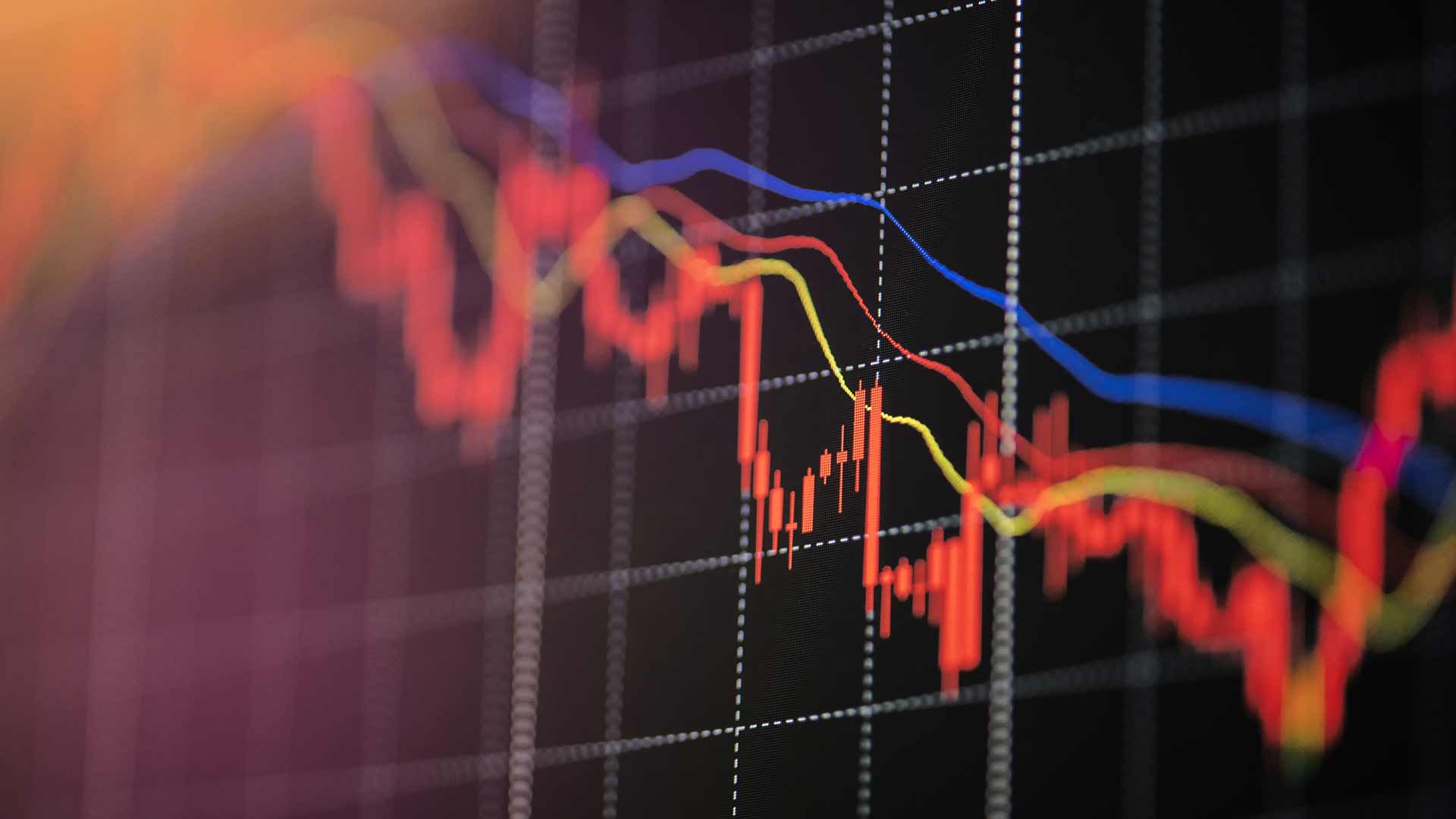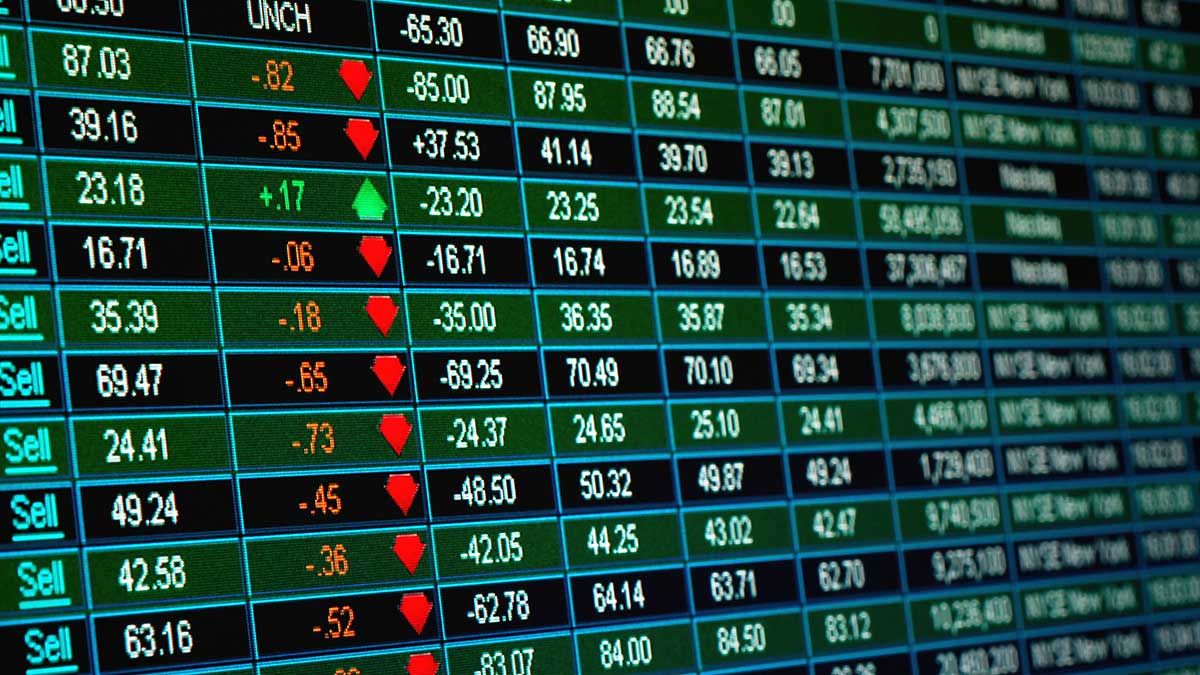You probably remember hearing all about the Titanic in great detail during history class. You might remember how this ship was described as the epitome of luxury and had been deemed unsinkable by its creators. You know the latter very clearly turned out not to be the case. But even as the massive ship was facing impending doom, crew and passengers alike insisted that all was well, ignoring the rapidly approaching iceberg and dismissing valid concerns as “fearmongering” because, according to the so-called experts, this ship was unsinkable.
While the story of the Titanic is both historic and tragic, it’s also highly educational for those willing to pay attention. We’re facing something similar today in our economy, which is teetering on the edge of a tremendous correction. As with the Titanic, a great many people have been downplaying the severity, claiming our economy is stronger than ever and that we have nothing to worry about. This is in spite of the fact that we all can see the iceberg our country is speeding rapidly towards.
Inflation, caused by government spending, has driven the cost of virtually everything through the roof. Consumer and corporate debt have climbed to record levels, and credit availability has tightened dramatically. In fact, things are so bad that America’s debt, which is already at the highest level in US history, is currently growing by a trillion dollars every 100 days. Just keeping up with the interest payments alone now costs more than our entire military budget.
I share these details not to push you into a doom loop but to make the severity of the situation clear—our economy is in shambles, and it’s going to be this way for a while. We can’t just put our financial lives on hold to ride it out. We need to continue investing, but we need to adjust our strategies to avoid the five common mistakes people make in a slow economy.
#1 Not paying attention to the economy
When the economy slows, most people don’t even realize it’s slowing because they don’t pay attention. They listen to the pundits on TV and think everything will stay as it’s been over the last 15 years, and the markets will keep topping out. They don’t realize that there’s a significant asymmetric risk because the higher the market goes, the greater the odds are that there will be a decline.
So people keep pushing the limits, pouring money into tech stocks, crypto, or whatever other speculative opportunities they’ve seen performing well. Many develop a false sense of security that investments will always go up.
Unfortunately, it just doesn’t work that way, and we have hundreds of years of data to prove it.
So you can still take those moon shots, but you need to have more of a base level of investing that will hold the line and keep you from taking a big hit when the market slows down and actually goes into a correction.
To avoid this mistake, you’ll need to keep tabs on what’s really going on in the economy by tracking various metrics, like inflation, unemployment, debt levels, and more, to get a better sense of the true health of our economy. But remember that this data, even when taken from the original source, can often be misleading. For example, each time the Bureau of Labor Statistics releases its new job numbers report, they’ll come back a few months later and quietly “update” that data, and miraculously, it’s always significantly lower. So, you have to trust your gut and rely on your intuition to some degree as well.
#2 Overlevering debt
We’ve gone through a relatively long period of cheap money at low interest rates. For the first time since the early 2000s, interest rates are being pushed back up to fight inflation, but people still think they can use leverage the same way they always have simply because they’ve been able to do it in the past. As a result, despite interest rates at all-time highs right now, people are still stacking up debt like it doesn’t matter. In fact, debt levels across the board—personal, corporate, and government, are at a record high.
Our financial landscape has changed, and things no longer work the same way.
Now, I’m not a “debt is dumb” absolutist. When used properly, debt can be a powerful tool that provides significant leverage, but you need to understand your numbers truly or you can end up in hot water pretty quickly.
I always recommend that investors look for opportunities—especially when the economy is in a downturn, but don’t make the mistake of overleveraging in an attempt at a proverbial moonshot. Yes, you may come across some unique opportunities during an economic downturn, but don’t let that lull you into a false sense of security because there is no certainty in the market. Once you’re overleveraged, it’s pretty easy to end up in a financial death spiral—even more so during a slow economy, so avoid getting into that situation at all costs.
#3 Failing to hedge against downside risk
As Kenny Rogers said in his 1976 hit song, The Gambler,
You’ve got to know when to hold ’em, know when to fold ’em,
Know when to walk away, know when to run.
You never count your money when you’re sittin’ at the table.
There’ll be time enough for countin’ when the dealin’s done.
But this doesn’t just apply to gambling—it applies equally to investing, too. As you should do while in Vegas, you occasionally have to take some chips off the table to lock in a portion of your investing gains as well.
This is especially important when the economy slows down. This critical protective step hedges downside risk by avoiding the financial markets’ high growth (and high risk) aspects. It also puts you in a better position to capitalize quickly on any opportunities created by a declining economy.
The idea here is to maximize your liquidity in a way that keeps pace with inflation and offers the potential to generate a modest return. This might mean parking a portion of your capital in more stable assets, like gold, treasury bills, and money market accounts, so it’s available if you need to access it quickly. Still, it’s also appreciating along the way. You might also look at investing in businesses that tend to thrive during economic uncertainty. This could include companies like:
- Home services businesses: People will typically make improvements to their home rather than moving.
- Automotive repair facilities: Similarly, people will try to extend the life of an existing vehicle instead of purchasing a new one.
- Apartment companies: Everyone needs a roof over their heads. Unfortunately, many cannot afford a residential home, but they can afford an apartment.
The key here is to focus on what is needed in the economy. People can always find expenses to eliminate, but some are necessary to survive. These are the types of companies you should consider investing in.
#4 Having unrealistic expectations
Again, I don’t want to fuel a doom loop, but you have to become comfortable reducing your overall expectations in times like this. The reality is that no matter how smart and hardworking you may be, you’re not going to hit many (if any) home runs in a slow economy, but you can certainly get on base from time to time.
This can be a tough mindset to achieve when you’ve become accustomed to your investments almost always performing well, especially if you’re a very driven person. I’ve found it helpful to remember that every economy will go through these natural cycles. Essentially, it’s just a market correction, which has become unavoidable because of the government policies that created it.
Developing a realistic mindset is absolutely critical to thriving through an economic slowdown. It helps temper your decision-making process so you can avoid making rash, emotion-based decisions that lead to losses.













